

Link to the PDF: https://documents2.theblackvault.com/documents/navy/DON-NAVY-2021-008741.pdf
There’s not a ton of substance released, but it does give some insight into the UAP Task Force, reporting, stigmas faced, and the “Tic Tac” encounter. The final slide seems fitting after multiple fully redacted pages. “Questions?”

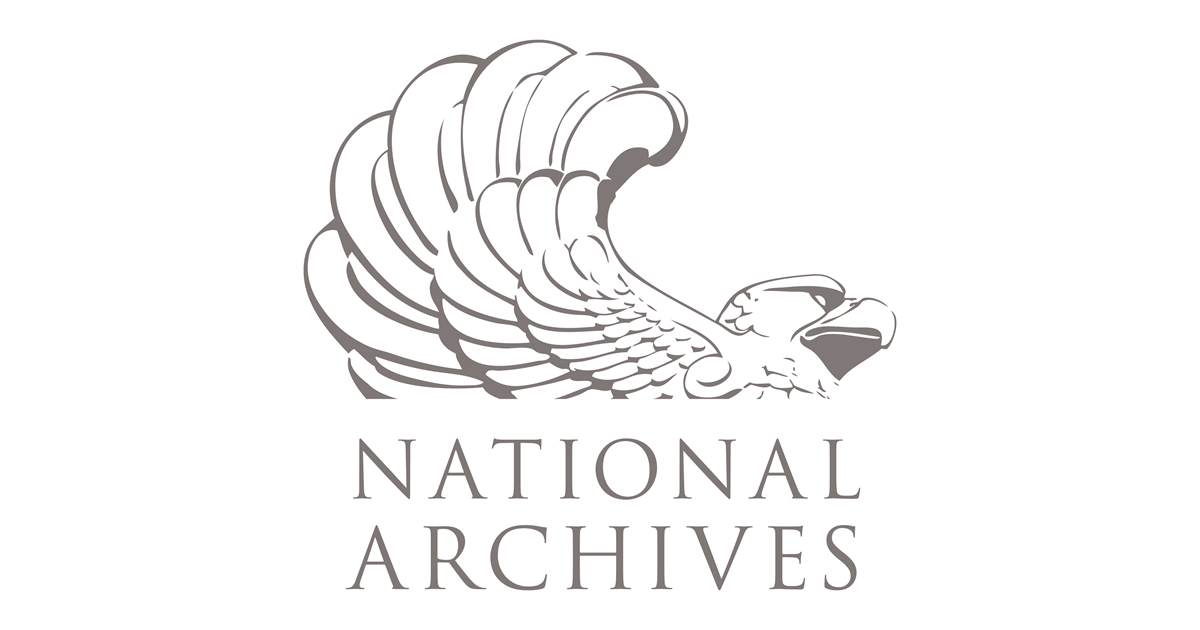
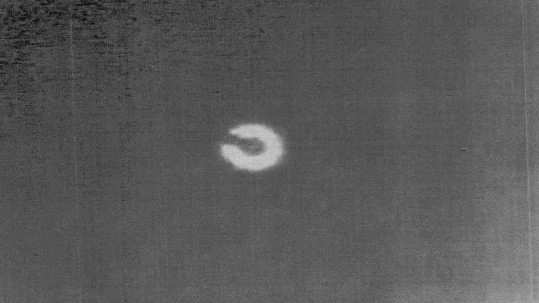
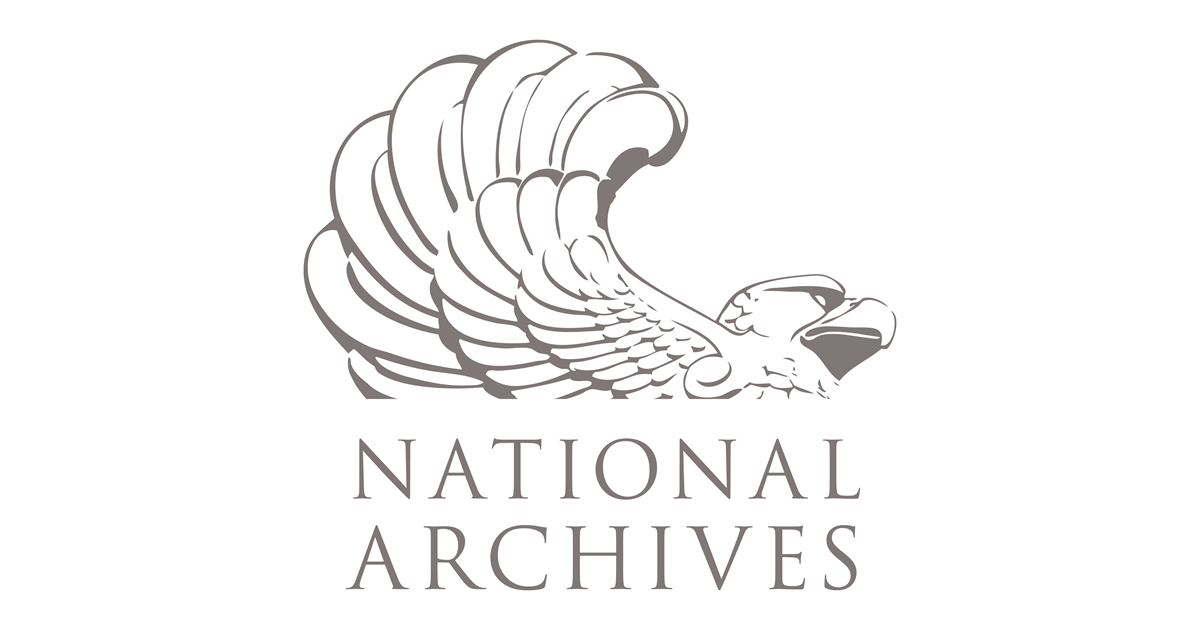


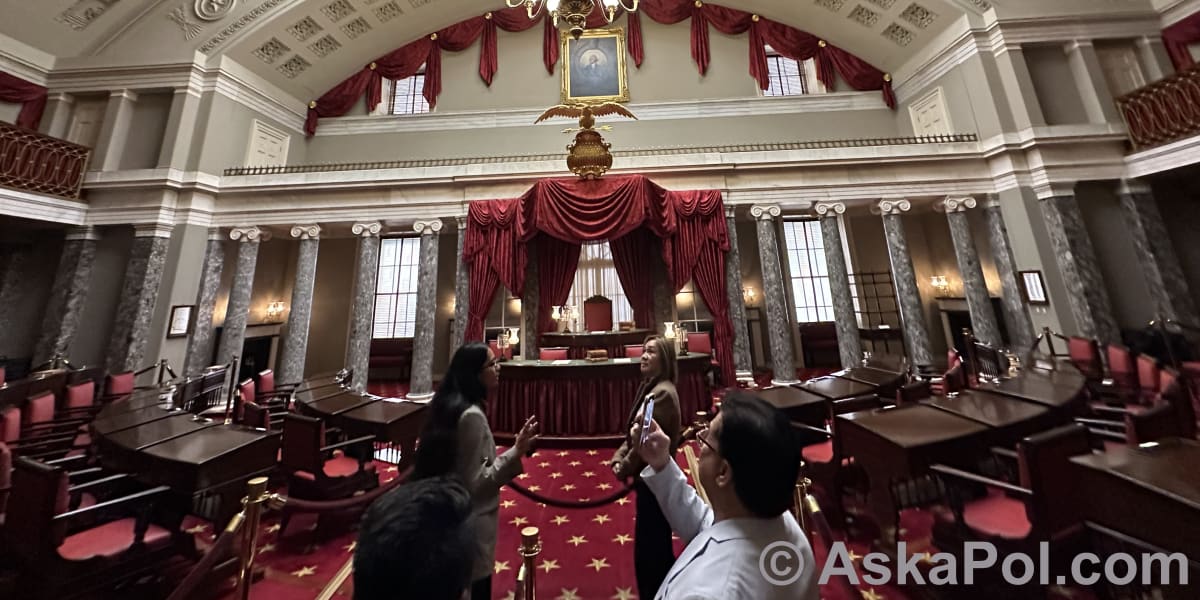





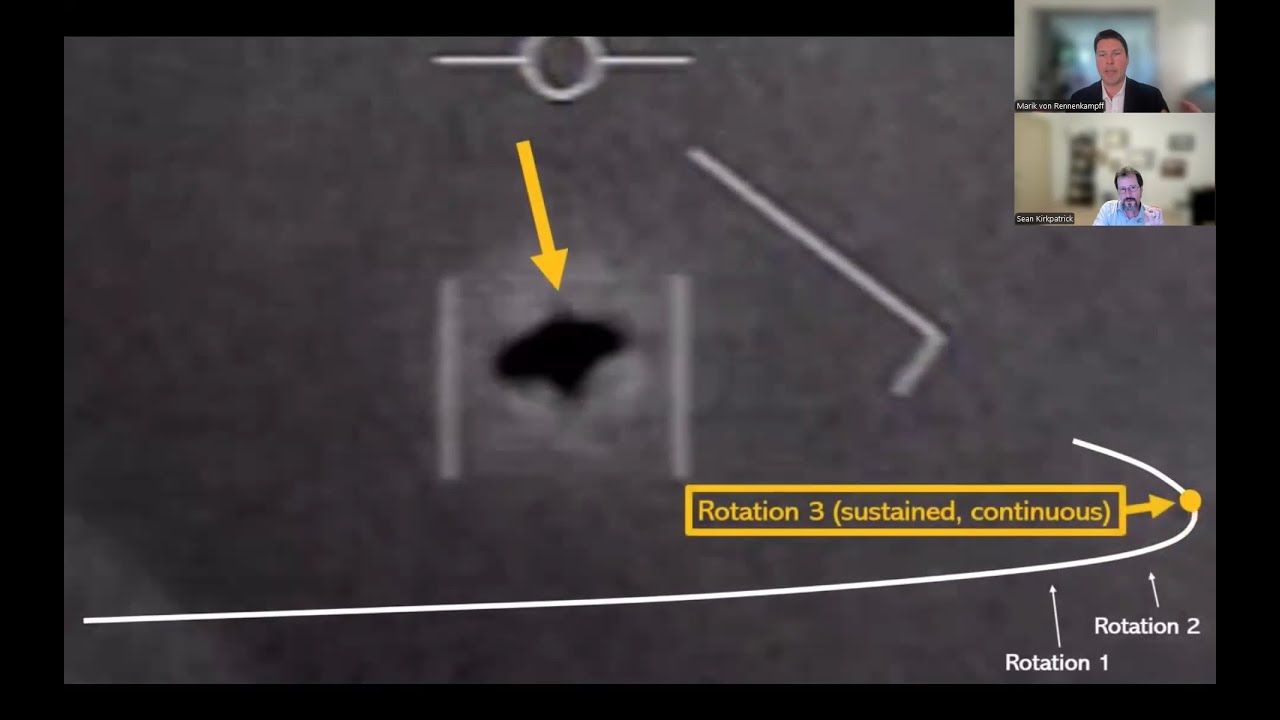





I always look forward to Marik’s articles. They’re a great way to catch up on recent events and how they tie into UAP history. And, as always, this article is abundant with citations.
We’ve already seen one roadblock with what little passed of the UAP Disclosure Act in the last NDAA. The expectation was that government agencies would have to transfer records relating to UAP to the National Archives by Oct. 20th. However, some ambiguity in the text that passed only required agencies to organize in preparation of transferring. The National Archives has now mandated the transfer to take place no later than September 30, 2025. They also recently confirmed that no records have been transferred.
Though there may be a wait, the National Archives already has an abundance of records and have continued uploading more over the last month. There are close to 13,000 records related to UAP, with quite a few not listed in their topic research page and plenty that are remaining to be digitized. I’ve been in contact with them about the status of these records, slowly getting updates and seeing issues getting addressed on their site. I have a few lingering questions and will hopefully have a more thorough update for the community soon.
In the meantime, checkout the below links for more information on the state of UAP records at the National Archives.
Records Related to Unidentified Anomalous Phenomena (UAPs) at the National Archives
FAQs